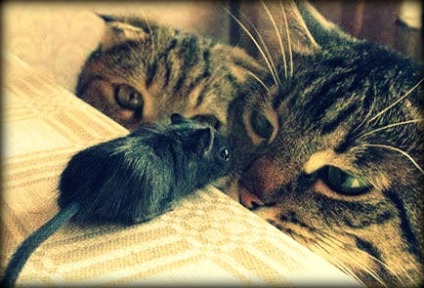Communication Best Practices: Eye Contact, Of Course!
A few years ago I went “contra dancing” with some gregarious pals. Contra is a kind of fast, whirly folk dancing in which one could easily get nauseous. Every woman dances with every man, and there’s a lot of partner swapping.
The way to avoid losing your dinner is to lock eyes with each partner as he whirls you. Shy people might try to look at their partners’ hair or ears. However, this doesn’t work (I tried). Only unbroken eye contact seems to keep dizziness at bay.
Eye contact as a communication best practice seems obvious. And yet in our frenzied lives of hyperconnectivity through all manner of screened devices, it’s easy to forget to look at the people we’re talking to — to stop multitasking, look them right in the eye, and simply take in what they’re saying.
Sentient animals do this. Our dogs and cats and horses and maybe even turtles and birds look us in the eye, and that’s where we make our connections.
Eyes communicate emotions in ways nothing else can. It’s said that the Mona Lisa is “enigmatic” and “mysterious” because Leonardo left the corners of her eyes blurred. He did this on purpose, apparently, so that her viewers can’t know exactly what she’s feeling. To understand someone’s emotional communication, we need to see their eyes as well as hear the words they’re saying.
Sometimes the best practice for good communication is the simplest. Eye contact isn’t rocket science, but we might need to remind ourselves to use it.

